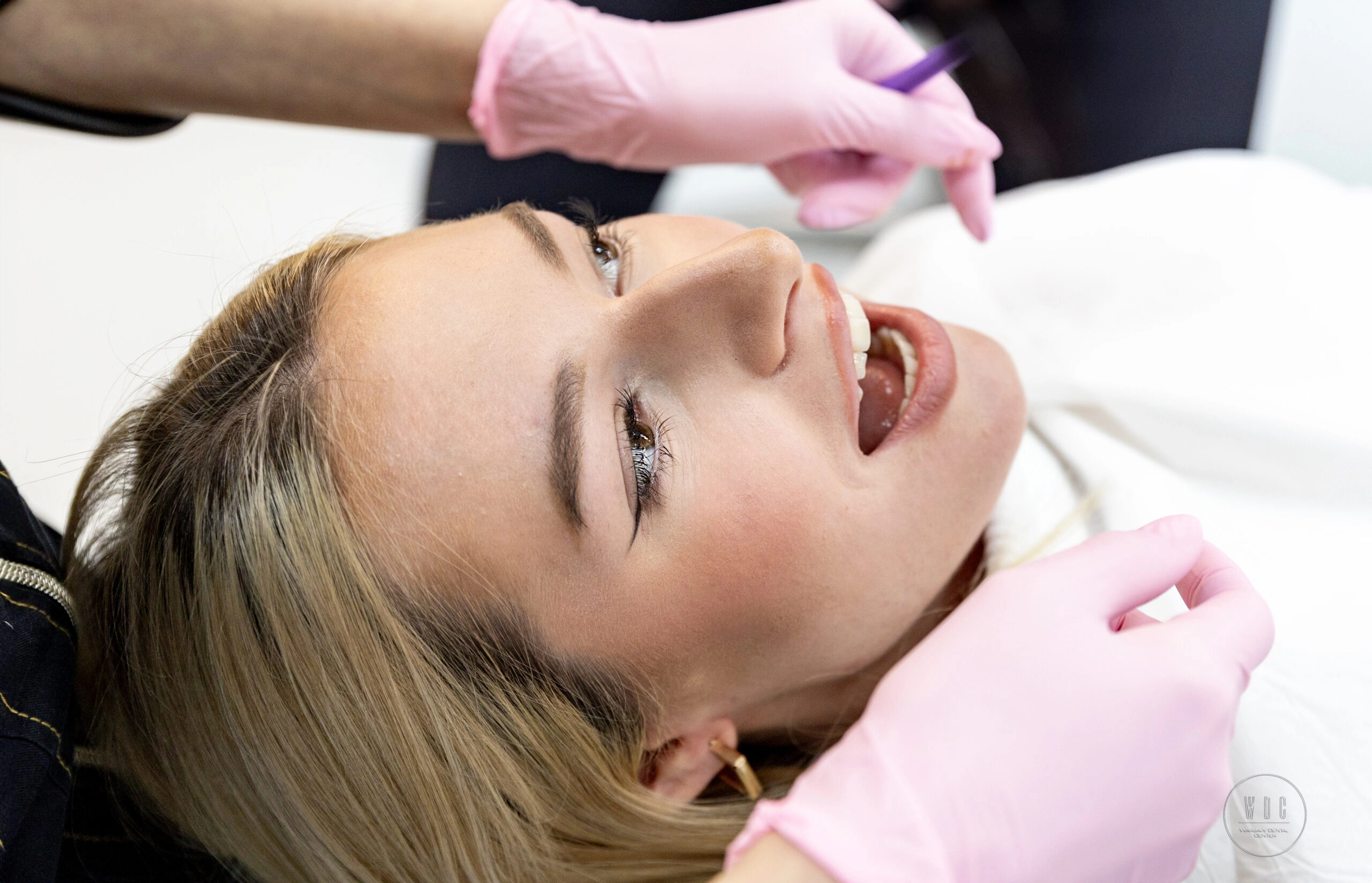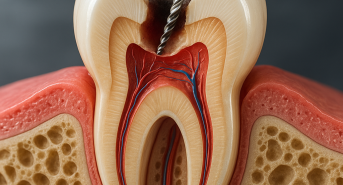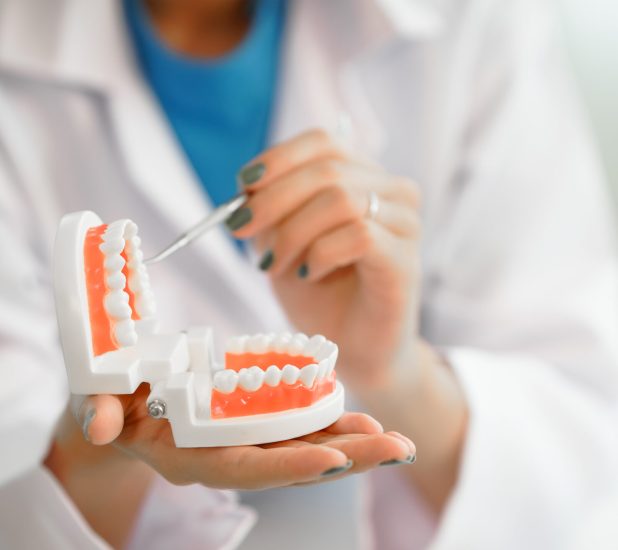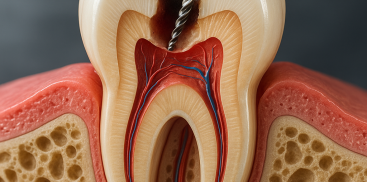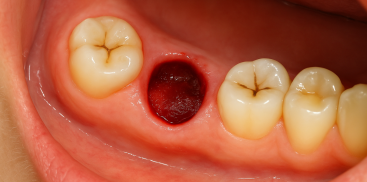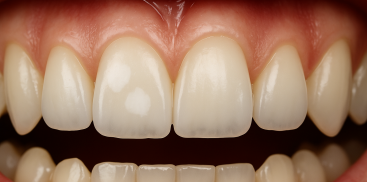Jaw pain: Learn about TMD, or temporomandibular joint disorder
Everyday facial gestures such as smiling, laughing, eating and swallowing often do not get the attention they deserve. For people suffering from temporomandibular joint (TMJ) dysfunction, these apparent movements can be painful.
What is TMD and what causes it?
What exactly causes and what are the symptoms of TMD (Temporomandibular Disorders)? Let’s discover everything you need to know about this condition and how to deal with it.
What is TMD and what causes it?
The temporomandibular joints, located where the skull connects to the lower jaw, are a complex of muscles and ligaments that control the movement of the jaw. Temporomandibular joint disorder, known as TMD, can lead to damage to the jaw joint and the muscles that control jaw movement.
Causes and possible symptoms
Determining the exact causes of an individual’s TMJ dysfunction can be complicated. A combination of factors such as heredity, joint inflammation or trauma can lead to pain. Although many people regularly clench or grind their teeth without affecting the TMJ, some people with jaw pain tend to clench.
Treatment and symptoms
In most cases, self-care or non-pharmacological therapies can help relieve the pain and discomfort associated with TMJ problems. Although surgery is only used as a last resort when other options fail, some TMD patients may benefit from a change in treatment.
Symptoms of TMD
What are the symptoms of TMJ-TMD problems?
- Discomfort or tenderness in the jaw
- Pain in the temporomandibular joint in one or both joints
- Pulsating pain behind the ear or around the back of the head
- Pain or discomfort when chewing
- Painful discomfort around the face
- Locking joints, making it difficult to open and close the mouth
- When opening your mouth or chewing, temporomandibular joint problems may cause a clicking or grinding sensation. However, in most cases, simply clicking the jaw without pain or restriction of movement does not require therapy.
Controlling TMJ related problems
Symptom control methods
- Keep your jaw in its resting position.
- Limit gross facial movements to help with TMJ problems.
- Get a good night’s sleep by avoiding sleeping on your stomach and placing your hand on your jaw when sleeping on your side. Lying on your back with pillows under your neck can relieve stiffness in the temporomandibular joint.
- Take care of correct posture.
- Perform exercises to stretch your jaw muscles to improve joint mobility and relieve discomfort.
- Avoid certain behaviors and foods that may increase tension in your jaw.
When to consult a doctor?
If you experience pain or stiffness in your jaw, or difficulty opening or closing it, consult your doctor or a TMD specialist, such as a dentist. They can investigate the various causes and suggest solutions for your condition.
